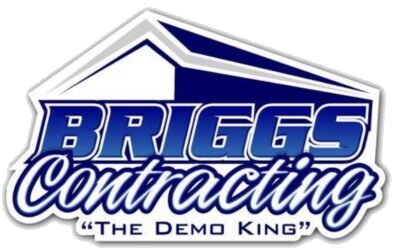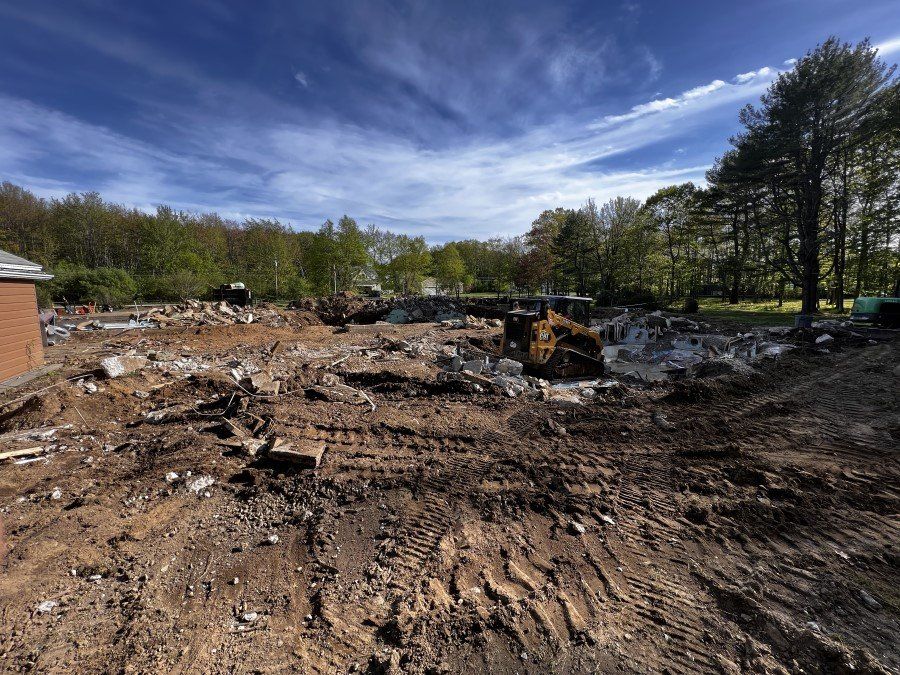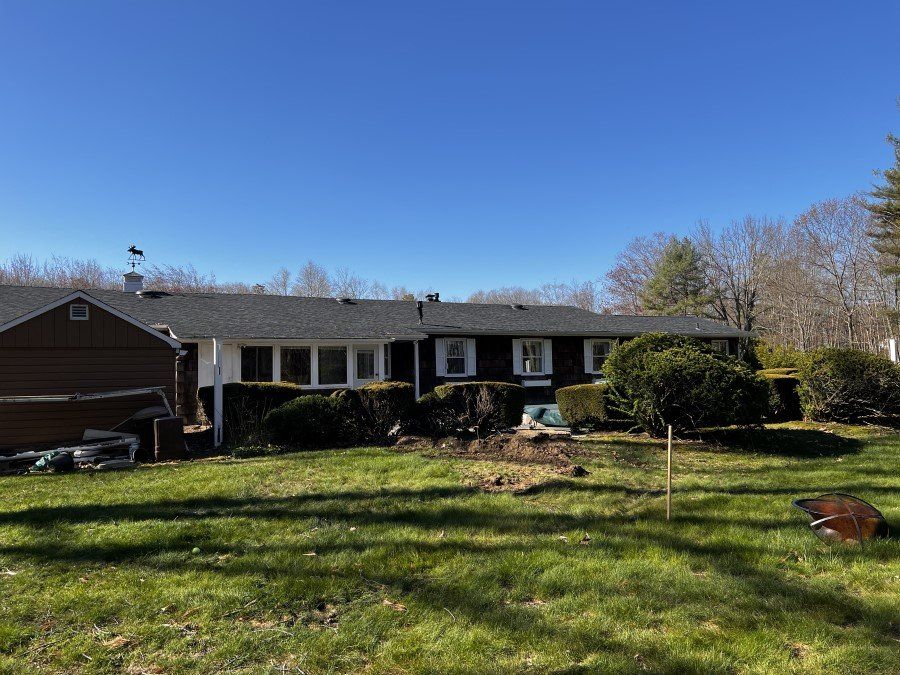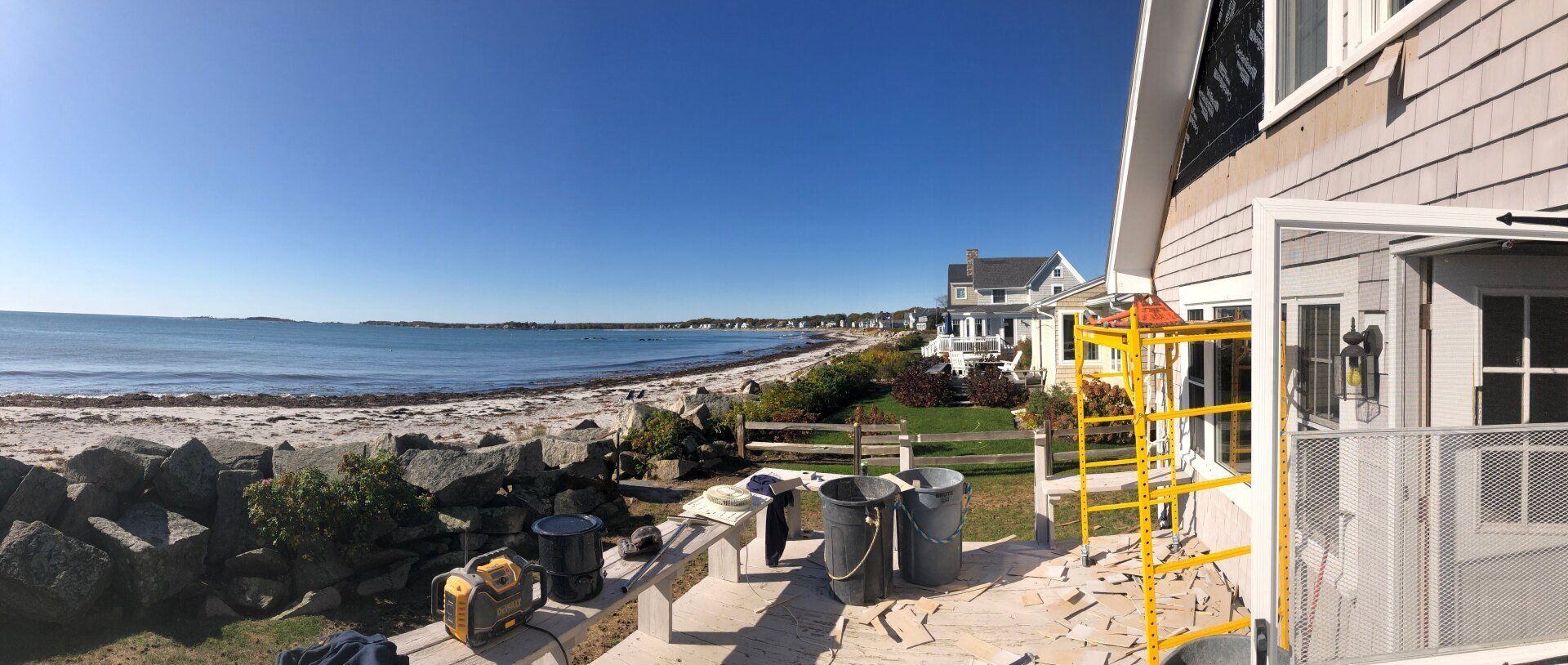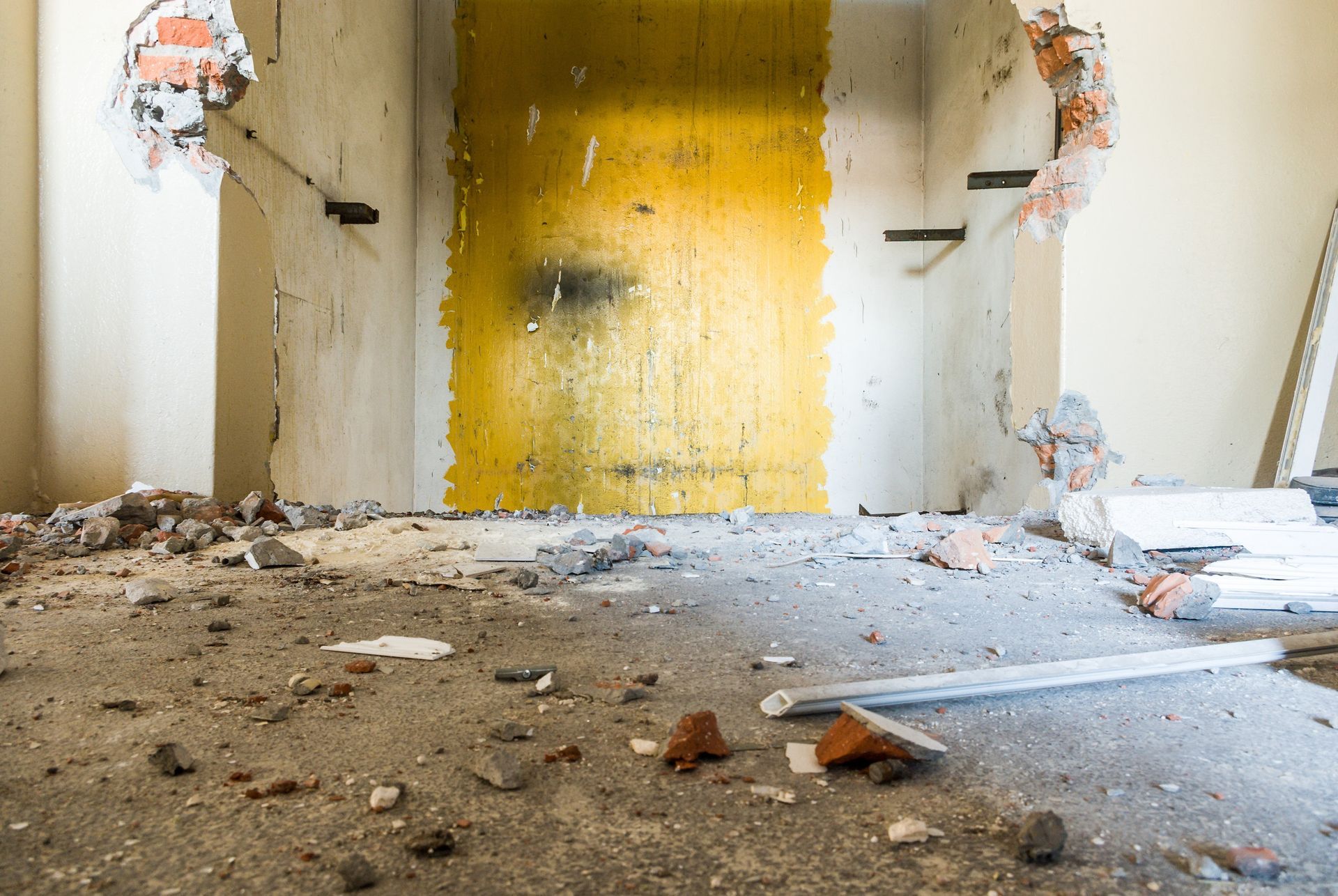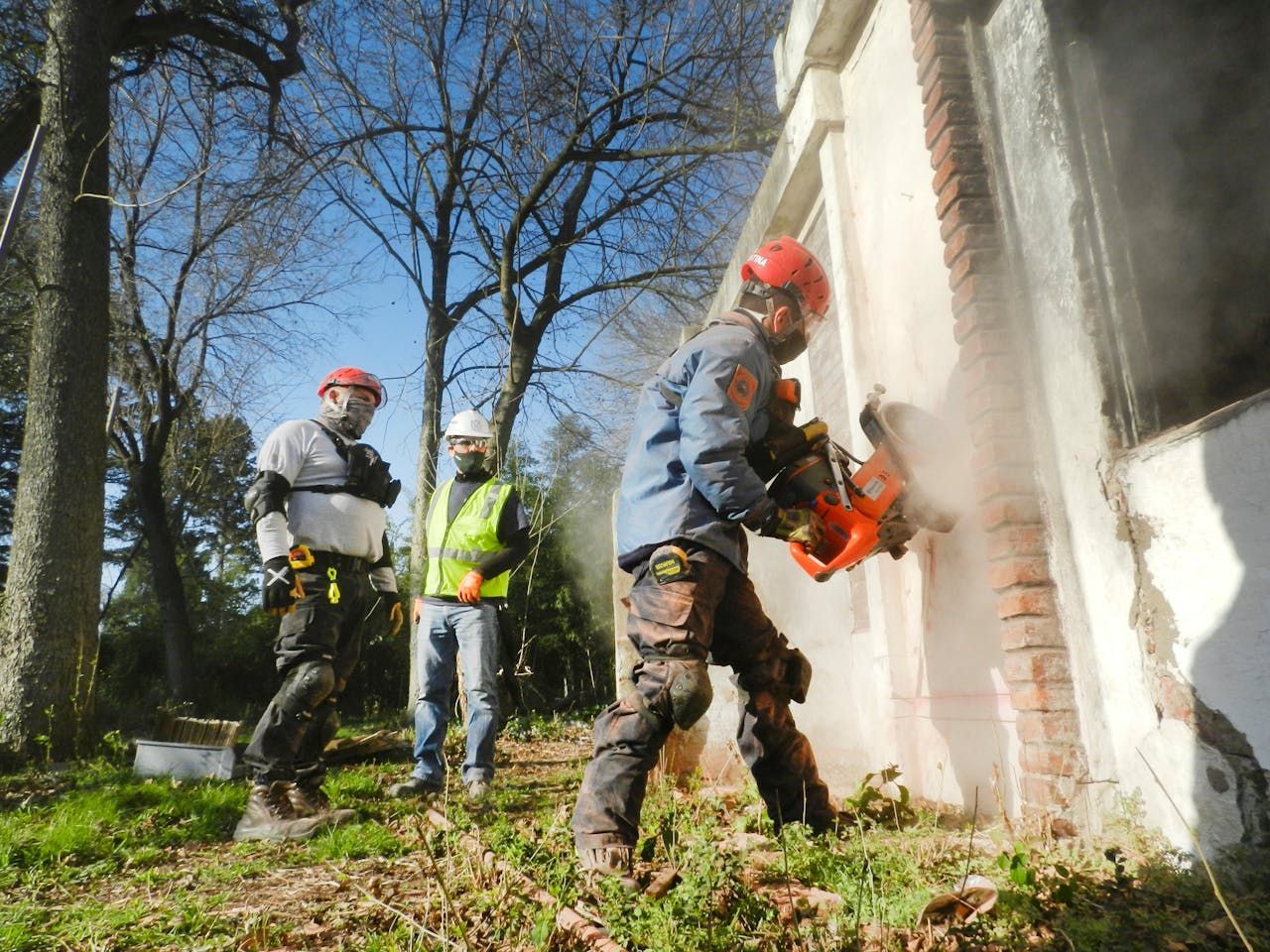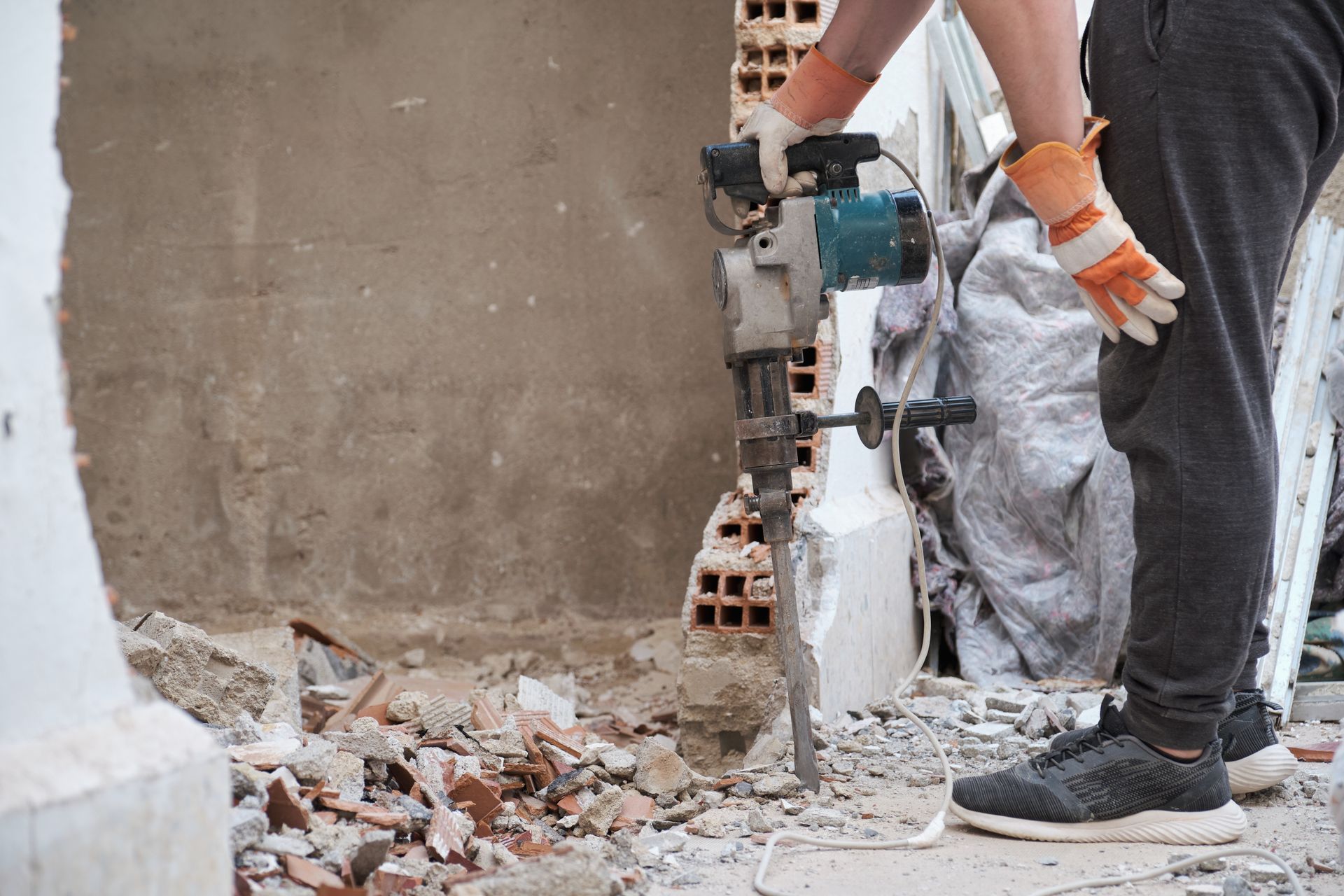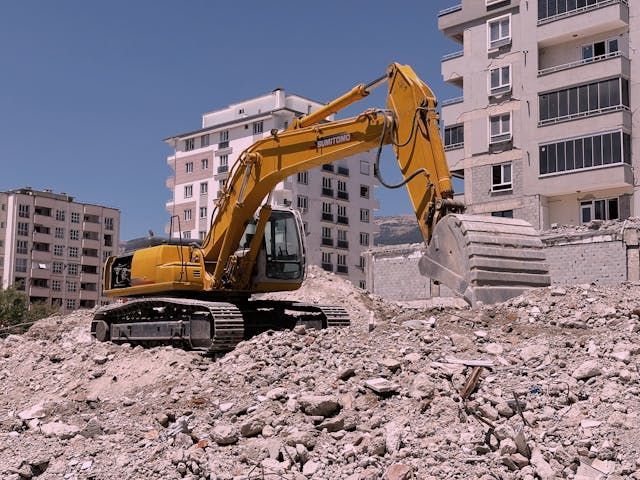Steps Involved in an Exterior Demolition Project
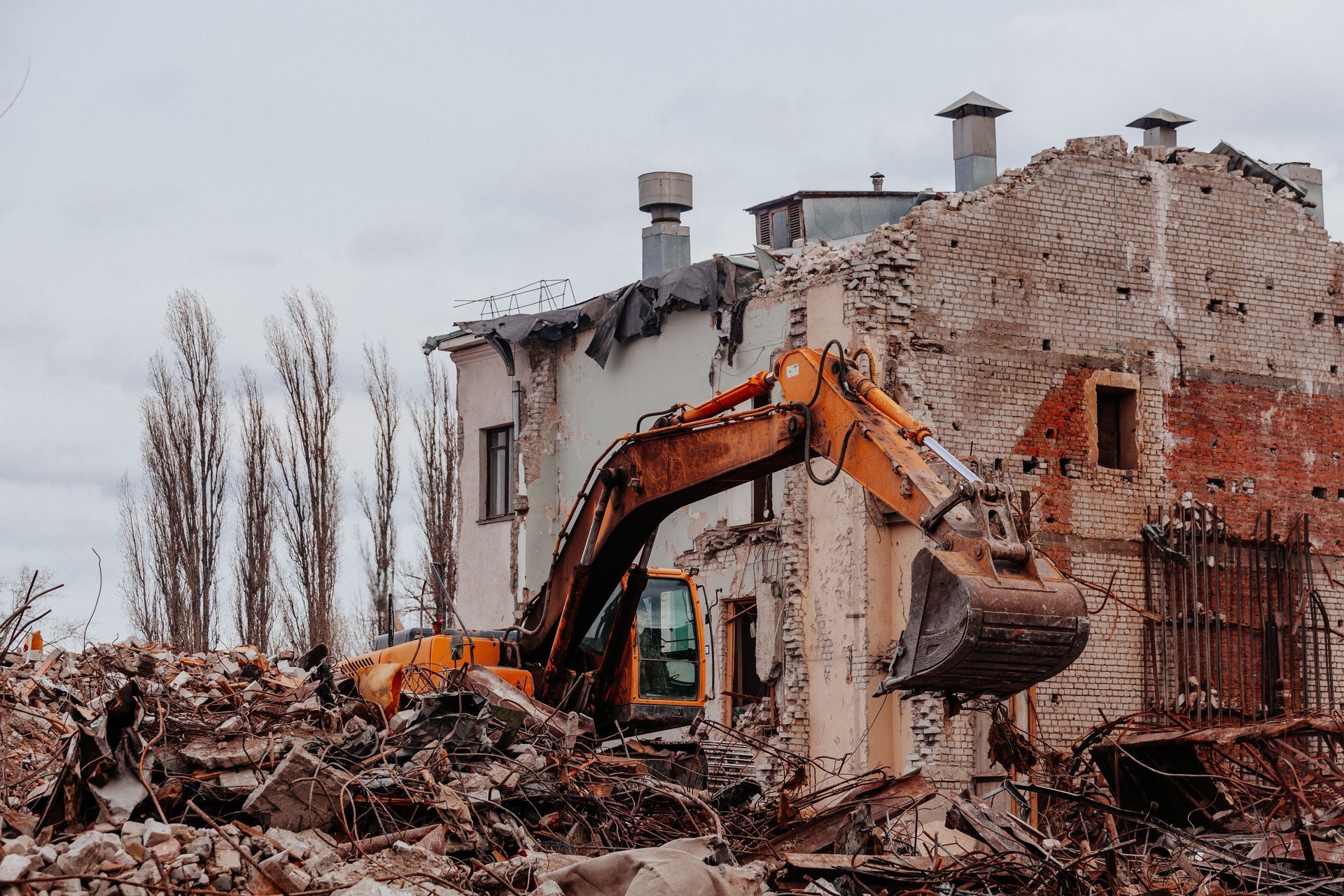
When you think of demolition, you might think of images of buildings dramatically crashing down. While that’s part of the process, there’s far more involved in an exterior demolition project. Understanding the steps involved, safety precautions, and the prospective timeline can make your demolition project successful.
Initial Assessment and Permits
Before any physical work begins, a thorough assessment of the property will be conducted. Professionals will evaluate the structure, checking for hazardous materials like asbestos, lead, or chemicals that need special handling. They’ll also assess the proximity of neighboring buildings and utilities to ensure safety. Once everything is inspected, the necessary permits are obtained from local authorities. This process keeps the demolition compliant with city regulations and environmental laws.
Preparing the Site
This often involves disconnecting utilities such as electricity, gas, and water. Professionals will usually take care of this part, as mishandling could lead to dangerous situations, like gas leaks or electrical hazards.
If the demolition involves a larger building, fencing may be set up around the area to secure the site and protect pedestrians. Proper signage will also be placed to notify people of the ongoing project and the risks associated with it.
Equipment and Techniques
When the actual demolition begins, a variety of techniques and equipment can be employed depending on the size and type of the structure. For sheds, garages, and other smaller structures, manual labor with hand tools or smaller machines like excavators might be sufficient. However, powerful machinery like wrecking balls or hydraulic excavators is often used for larger buildings.
Expect the demolition team to bring in specialized equipment, including backhoes, bulldozers, and skid-steer loaders, which will break down the structure in an organized manner. The goal is to systematically remove the building piece by piece, taking care to avoid damaging nearby structures or utilities.
Dust and Noise Pollution
It’s important to be prepared for the environmental impact of an exterior demolition project. Dust is a common byproduct, especially if the building materials include brick or concrete. Contractors usually have strategies in place to mitigate dust, such as using water sprays to keep particles from becoming airborne.
Noise is another inevitable factor. The sounds of machinery, crumbling structures, and heavy equipment can be disruptive, especially for surrounding properties. If you live or work near the site, expect a noticeable increase in noise levels during working hours. It’s also important to notify your neighbors to ahead of time and respect their right to a peaceful living environment.
Contractors will do their best to minimize disturbances, often working within set hours to respect neighborhood noise regulations.
Debris Removal and Clean-Up
Once the structure is down, there will be a significant amount of debris to handle. Expect a well-coordinated clean-up process where all materials are safely removed from the site. This stage often involves separating debris into recyclable and non-recyclable materials.
Your contractor will typically provide dumpsters or trucks to haul away the debris, clearing the area for the next phase of development. The clean-up process is essential for making the site safe and ready for whatever comes next, whether it’s a new building, landscape, or any other development.
Ready to take the next step in transforming your property with a professional demolition project? Our team at Briggs Contracting can help. Contact us at (207)-939-7807 for a personalized consultation!
